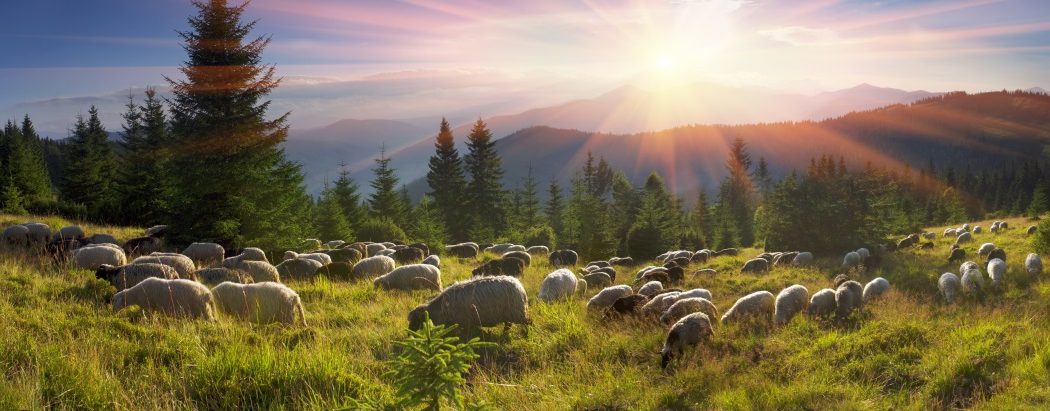For years, “sustainable” has been the buzzword in conversations about agriculture. If farmers and ranchers could slow or stop further damage to land and water, the thinking went, that was good enough.
I thought that way too, until I started writing my new book, “One Size Fits None: A Farm Girl’s Search for the Promise of Regenerative Agriculture.”
But through research and interviews with farmers and ranchers around the United States, I discovered that sustainability’s “give back what you take” approach, which usually just maintains or marginally improves resources already degraded by generations of conventional agriculture, does not adequately address the biggest long-term challenge farmers face: climate change.
But there is an alternative. A method called regenerative agriculture promises to create new resources, restoring them to preindustrial levels or better.
This is good for farmers as well as the environment, since it lets them reduce their use of agrochemicals while making their land more productive.
Regenerative agriculture is an effective response to climate change because producers do not use agrochemicals – many of which are derived from fossil fuels – and greatly reduce their reliance on oil.
The experiences of farmers who have adopted regenerative agriculture show that it restores soil carbon, literally locking carbon up underground, while also reversing desertification, recharging water systems, increasing biodiversity and reducing greenhouse gas emissions.
And it produces nutrient-rich food and promises to enliven rural communities and reduce corporate control of the food system.
Researchers with Project Drawdown, a nonprofit that spotlights substantive responses to climate change, estimate that land devoted to regenerative agriculture worldwide will increase from 108 million acres currently to 1 billion acres by 2050.
More resources are appearing to help farmers make the transition, such as investment groups, university programs and farmer-to-farmer training networks.
Photo via Adobe Stock.
See full article (from which this was excerpted) by Stephanie Anderson in The Conversation.

